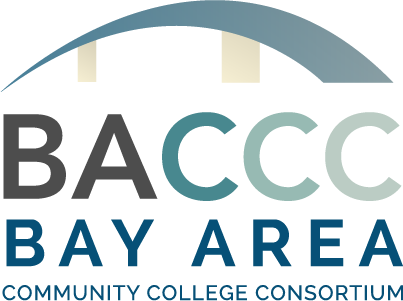Streaming Applications Software for the First Time
The Bay Area has 28 community colleges and over 500 high schools. BACCC works with both college and K–12 students enrolled in career and technical education programs. BACCC’s mission is to assist these programs in maintaining their high educational standards and to increase the number of students enrolled in programs to meet the demands of Bay Area companies. One way it accomplishes this is through the California Community College’s Strong Workforce Program, which assists students in improving their earning potential and employability.
Prior to 2020, only a few schools had any systems in place for providing remote access to high-end graphics software. Instead, most students relied on classroom computers to use software for their manufacturing, design, and engineering classes. When lockdowns began, many school districts provided computers to those who could not afford them. However, the majority of those computers did not have the computing power needed to run high-end graphics software. In response, BACCC implemented virtual machines at the server networks of one of its member colleges, Cabrillo College. However, to make the software available for a larger regional network, it began to look for a more scalable solution.
BACCC decided to set up cloud computing and virtualize its applications, which offered the elasticity it needed for fluctuations in online traffic at a reasonable cost. “From an educator perspective, one of the benefits of Amazon AppStream 2.0 is the scalability of the system,” says Mark Martin, regional director of manufacturing employer engagement at BACCC. The migration of applications to the cloud was spearheaded by one person, and BACCC received the technical support it needed from AWS. “I’m not an information technology technician,” says Martin. “All the setup was new to me, but AWS team members spent hours walking me through it. They were great.”
Leveling the Playing Field for Remote Learning
BACCC initially enabled access to Autodesk software by using Amazon AppStream 2.0 to create a single sign-on system based on students’ email addresses, a login process that was familiar to students. Plus, BACCC created a simple-to-locate icon that students could use to access Autodesk applications. This user-friendly process enabled thousands of students to access and run large-scale applications with virtually no latency using their laptops. “We had 2,100 users from 25 different schools run over 28,000 sessions using Amazon AppStream 2.0,” says Martin. “Sessions had an average duration of 1 hour.”
Later in the school year, BACCC provided access to software for some of the schools participating in Project Lead the Way, a science, technology, engineering, and math program. “Amazon AppStream 2.0 gives us options in choosing computer instances so that we can adjust to find the right speed needed to process graphics,” says Martin. Responding to a survey on virtualization efforts, one teacher from a BACCC school said, “As a tech, I can say that this was a lifesaver for our Project Lead the Way teachers and students and our information technology team!”
Central to its mission, BACCC wanted to make streaming applications accessible to all students. “Remote learning is inequitable for students who don’t have the proper equipment, so we’re working to level the playing field,” says Martin. “Now, students with just a basic computer setup will have an opportunity to run this graphics-intensive software at home.” To promote accessibility, Martin created a uniform system for setting up Amazon AppStream 2.0 in schools. Information technology departments at other schools were able to input their system parameters into a spreadsheet, which would automatically produce a set of actions for migrating software onto Amazon AppStream 2.0. This enabled schools throughout California to set up remote access for students. “It has been a great help to the district because we would not have been able to get something like this set up for students so quickly,” says a teacher from one of the school districts.
Envisioning Equity for the Entire State
Moving forward, BACCC is exploring thin clients using AWS. Thin clients support remote connections by providing computer processing from a central network. This would remove the need to purchase new computers every 3–4 years, which means schools could allocate any cost savings to other initiatives.
Additionally, BACCC is aiming to permanently expand remote access to CAD software to all schools in the state. “If you’re using AWS and you’re just a single district, that’s great,” says Martin, “But why not set it up at the regional or state level? It doesn’t matter if you’re in San Diego or Oakland; wherever you are in the state, the software is available to you.” Offering remote access to CAD and graphic design software has made an impact for students and teachers alike. “Without using AWS, this certainly would not have happened with the timeliness that it did,” says Martin. “And it may not have happened at all.”
Bay Area Community College Consortium consists of 28 community colleges and 500 high schools throughout the San Francisco Bay Area. Its mission is to prepare students with the education and technical skills they need to meet the demands of the labor market.
Benefits of AWS
- Enabled 25 schools to provide remote access to CAD software for 2,100 students
- Innovated remote learning by virtualizing CAD software
- Maintained continuity of education
- Set up remote access quickly
- Scaled graphics processing
- Fostered equity for students
- Standardized software setup
AWS Services Used
Amazon AppStream 2.0
Amazon AppStream 2.0 is a fully managed non-persistent desktop and application virtualization service that allows your users to securely access the data, applications, and resources they need, anywhere, anytime, from any supported device.
Learn more »


